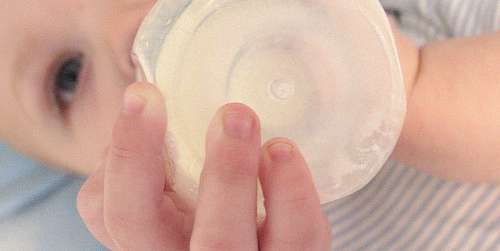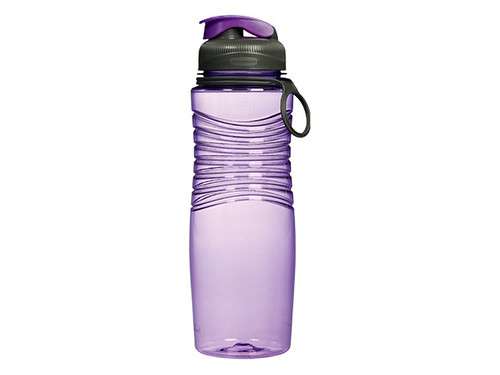
BPA-containing baby bottles have been banned for sale and import in several countries, including the United States, due to health concerns. Image Source: Flick user nerissa’s ring
Plastic was once hailed as a virtual miracle, offering an affordable, durable alternative to traditional products while facilitating the creation of new product types never before seen. While plastic remains invaluable in the production of both industrial and household goods, public concern regarding certain types of plastics—or, more specifically, certain plastic additives—has caused a shift in both policy and manufacturing practices.
One of the primary areas of controversy surrounds bisphenol A (BPA), an endocrine-disrupting industrial chemical used to harden polycarbonate plastics, such as those used to make plastic bottles and food containers. Once the food is in the polycarbonate packaging, BPA may leach from the plastic into the food product, a process so common that “more than 90% of us have BPA in our bodies right now,” most of which of it comes from consuming foods or drinks packed in contains made with BPA.1
The human consumption of BPA presents major problems; studies have revealed that BPA “mimics estrogen and could harm brain and reproductive development in fetuses, infants, and children,” as well as heightening risk for certain cancers, diabetes, and cardiovascular ailments.2
In response to public outcry and the growing body of research indicating a lack of safety, the United States and a handful of other countries have now banned the import and sale of baby bottles containing BPA. Meanwhile, plastics manufacturers are increasingly making voluntary efforts to remove BPA from other plastic products and countless plastics are now labeled “BPA-free”, both as a shrewd marketing move and to assuage public fears. But are these labels reliable? How can plastics manufacturers, the food industry, and the public be assured that the plastics they make or use truly are BPA-free? The answer could be spectrophotometric BPA determination.

BPA may leach into all food products stored with polycarbonate plastics containing BPA even in trace amounts. Image Source: Pexels user Pixabay



